Its natural beauty, wildlife, cuisine, art and people make Japan a wonderful destination. English-speakers in search of opportunities for amusement and/or bewilderment will also be rewarded – many times, daily – by Japan’s signs, labels and menus.
All photos copyright Doug Spencer, taken May 2017.
If you are in a big city railway station or department store you will see many signs in English, or in symbols that do not depend on any written language.
Elsewhere, expect to be mystified, sometimes.
Photographed in Hokkaido, the sign atop this post is directing you to an exit. (“you” are symbolised by the character on the left, the exit by the square character)
In eastern Hokkaido, even a manhole cover can be worth your attention.
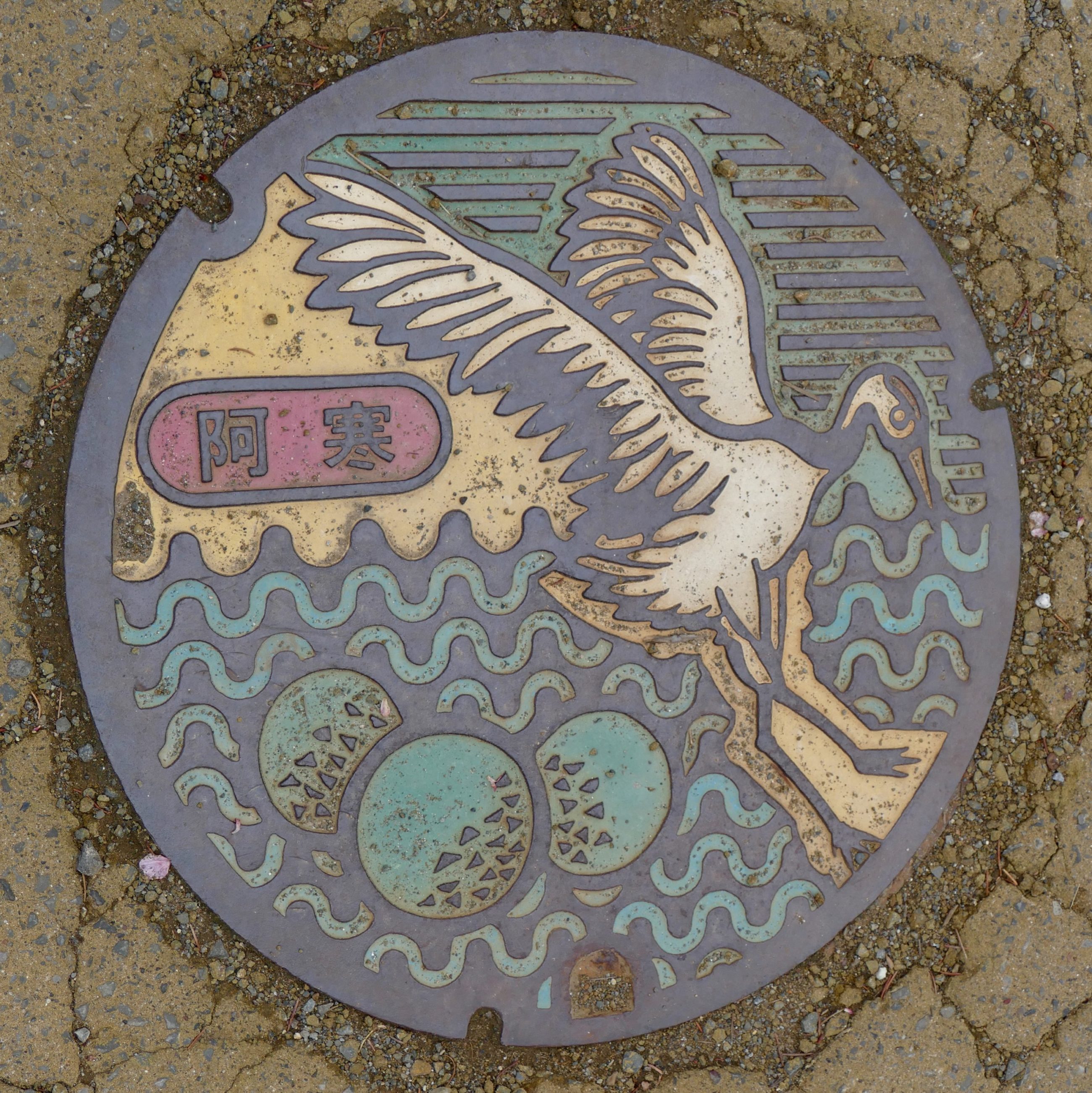
If your accommodation is a one-off, family-run establishment, its signage may be a one-off, too.
I am not at all sure what the sign below was trying to convey. I can tell you that this “pension” and its owners were not “new wavers” or “new agers” in any Western sense; it and they were, however, thoroughly lovely, low-key, and long-present in a forest near a large volcanic lake.
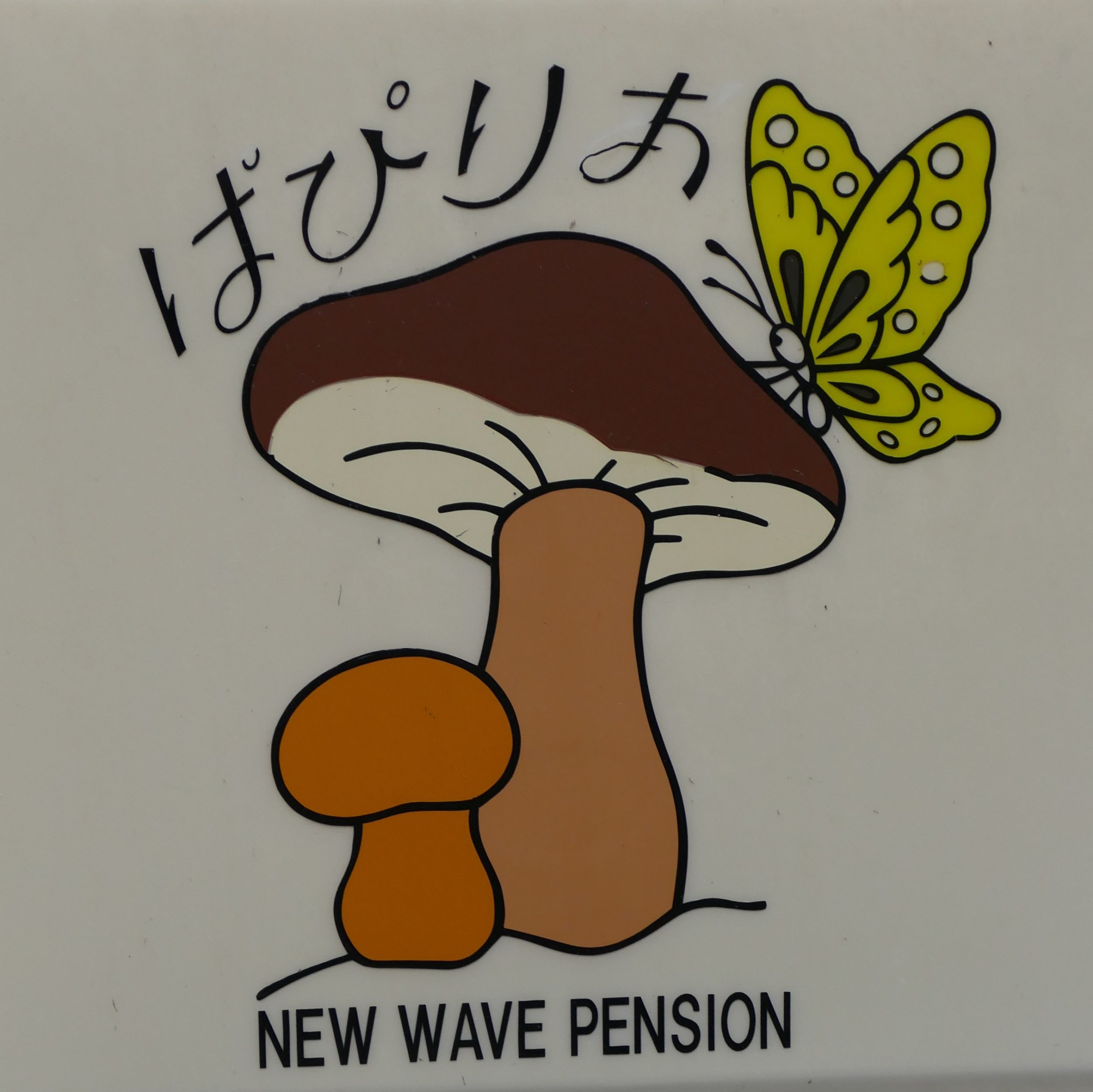
As it happens, the next two photos were also taken in Hokkaido, but the emblematically Japanese device in question is one any visitor to Japan will encounter, very often.
Its original version was a”commercially unsuccessful” American invention. Click here for an entertaining article on Japan’s techno-toilets.
Unless you have a commercial or military pilot’s licence, expect to be “challenged” by your first meeting with a washlet toilet’s control panel.
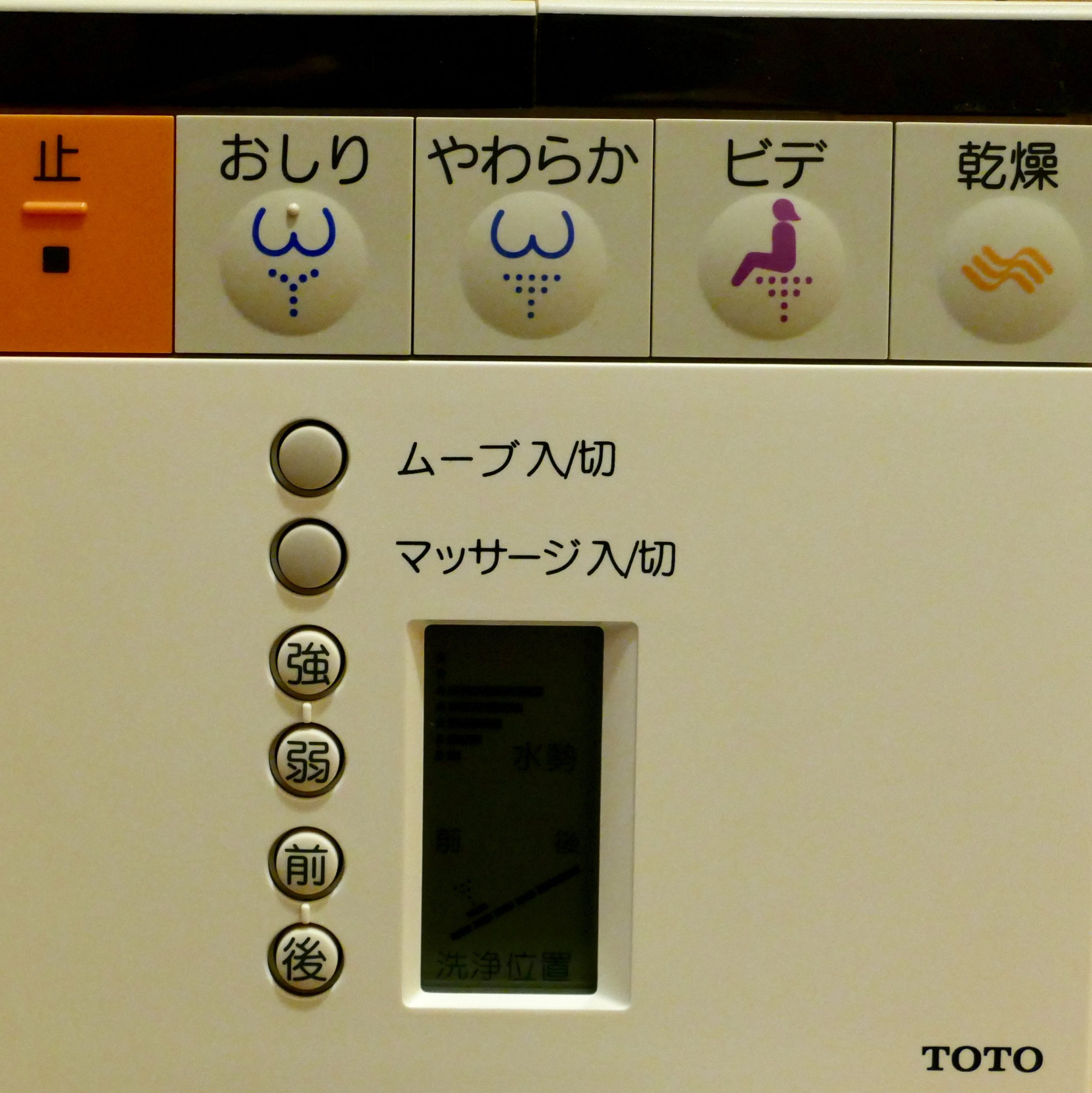
Almost certainly, your hosts will not have provided English-speaking guests with any instructions, but they very probably will seek to reassure you.
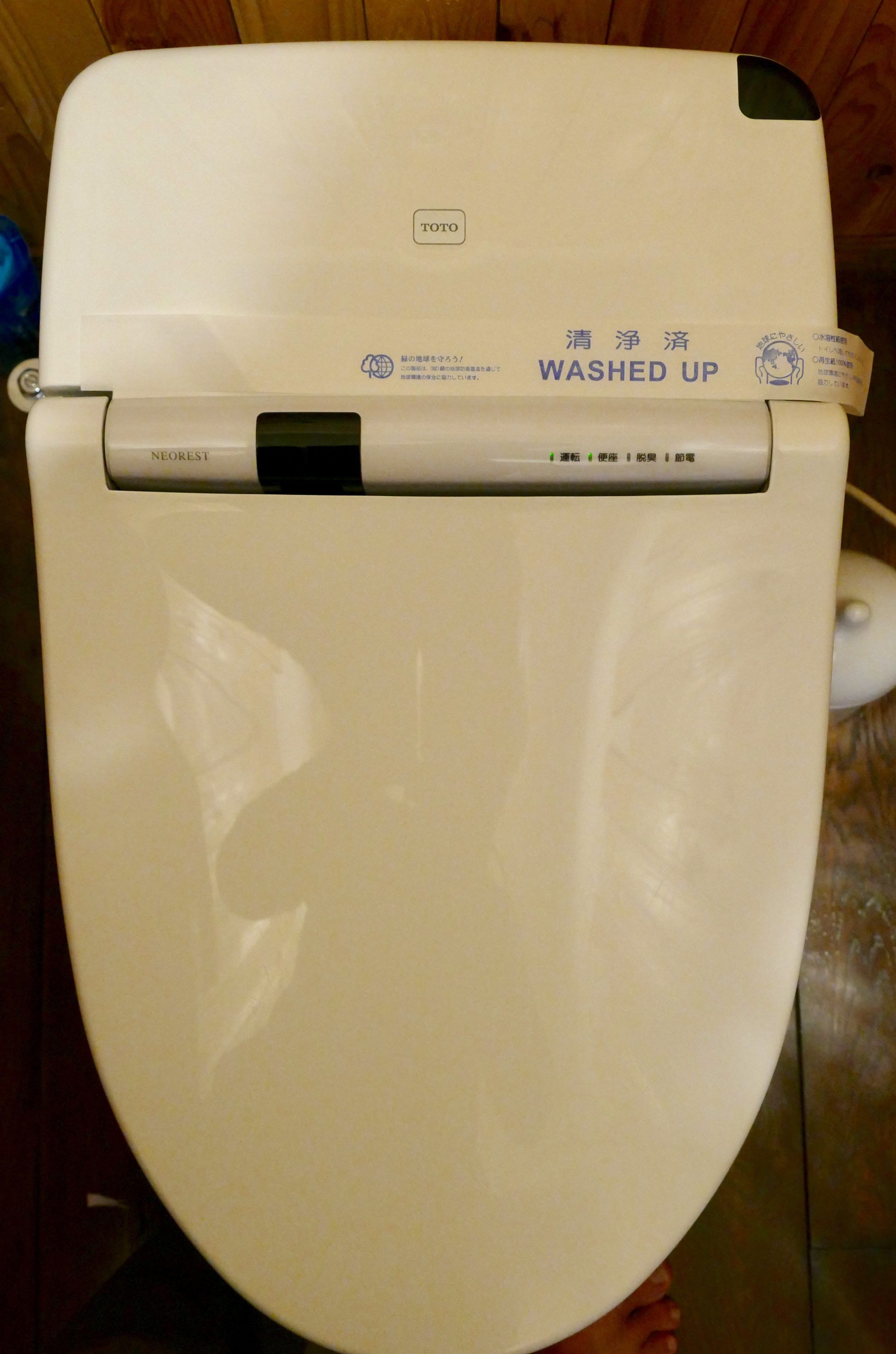
English is not widely spoken in Japan.
Still, Japan has many citizens who are capable readers, writers and speakers of English. However, when it comes to written English, only rarely do public authorities and commercial enterprises employ those citizens’ skills.
The results can be hilarious.
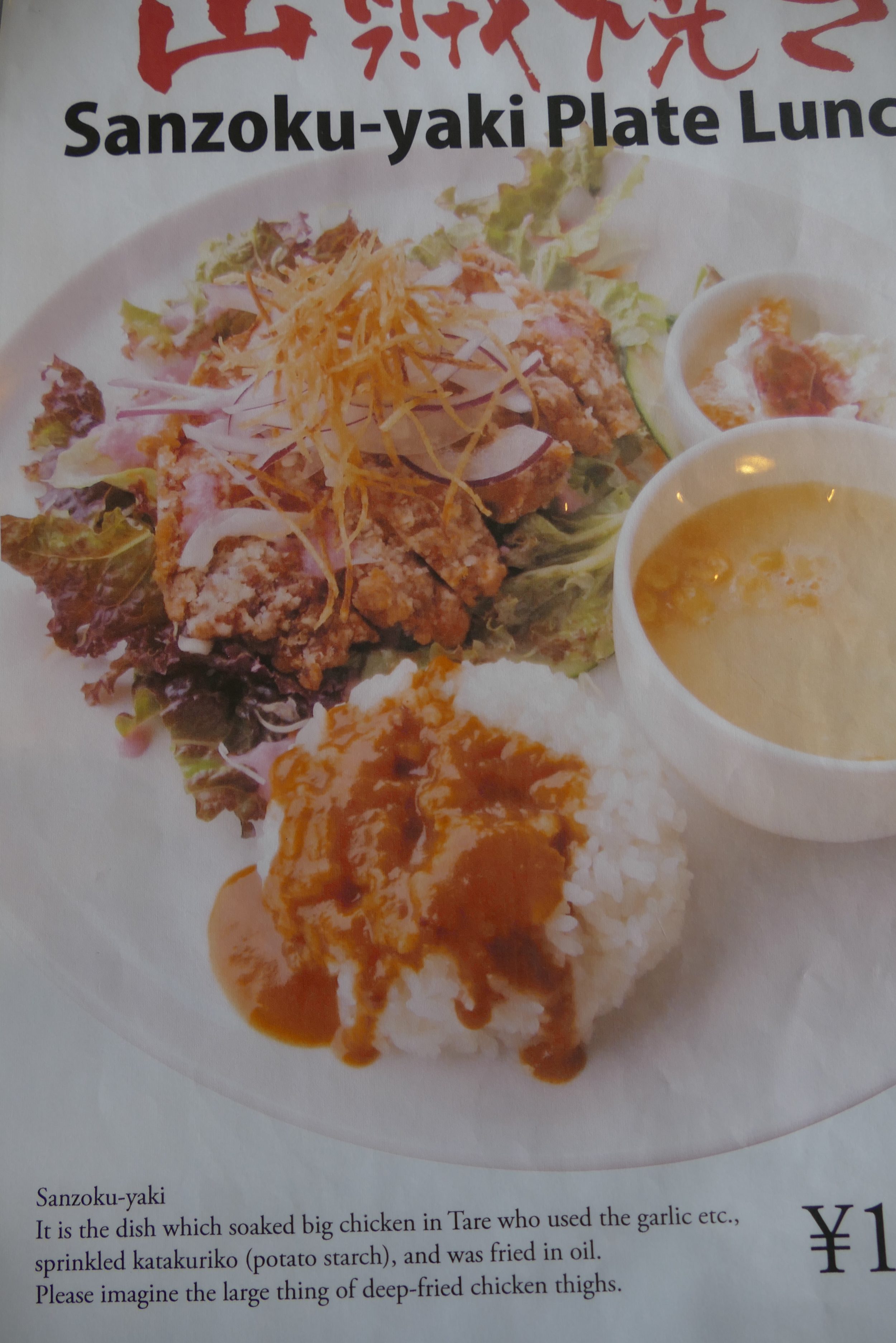
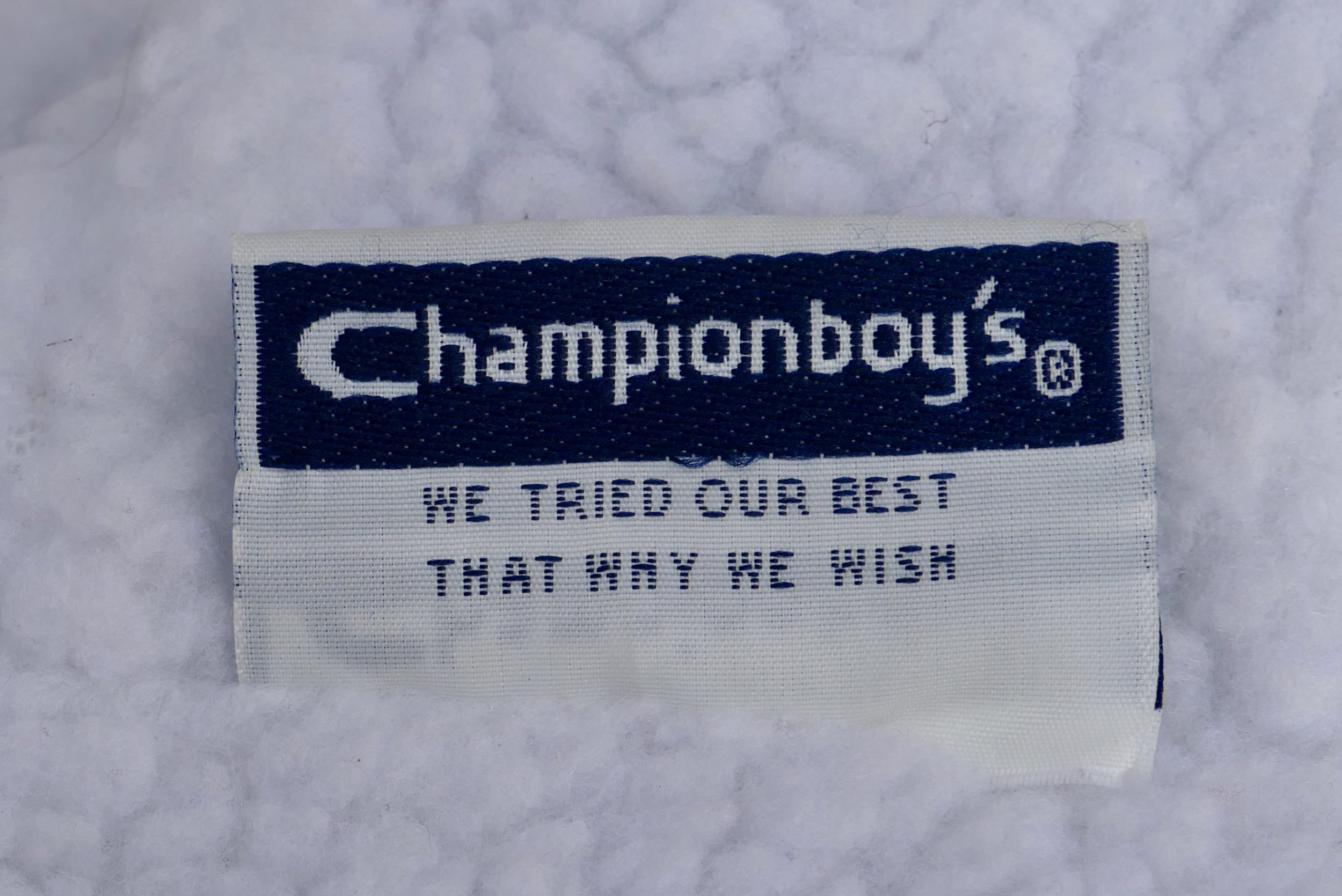
One can enjoy examples such as the above, but the flood of “Engrish/Japlish” can also produce sadder, more serious results.
In so many respects Japan inclines to perfection/ism, so it is puzzling in 2017 that (to cite one of countless examples) even an exhibition which millions visit – an exhibition of a high standard, in a fine venue – is highly likely to offer English speakers only consistently inept, atrocious mistranslations of the relevant contextual information.
(Not everyone regards “Japlish” and “Engrish” as interchangeable terms. See this interesting essay. However, “Japlish” is a term oft applied to Japanese “Engrish”, as in this “newcomer’s guide“)
With one exception, the following photos were all taken in Tokyo.
The enigmatic first one is definitely not “Engrish /Japlish”; its rather quiet location is just a short walk away from the world’s busiest pedestrian crossing.
Incidentally, do not believe anyone who describes Shibuya Crossing as “crazy”, or “frenetic”, or “chaotic”. Shibuya is in fact astonishingly orderly, efficient; when its lights are green most of the umpteen thousand pedestrians are calm, courteous, not colliding.
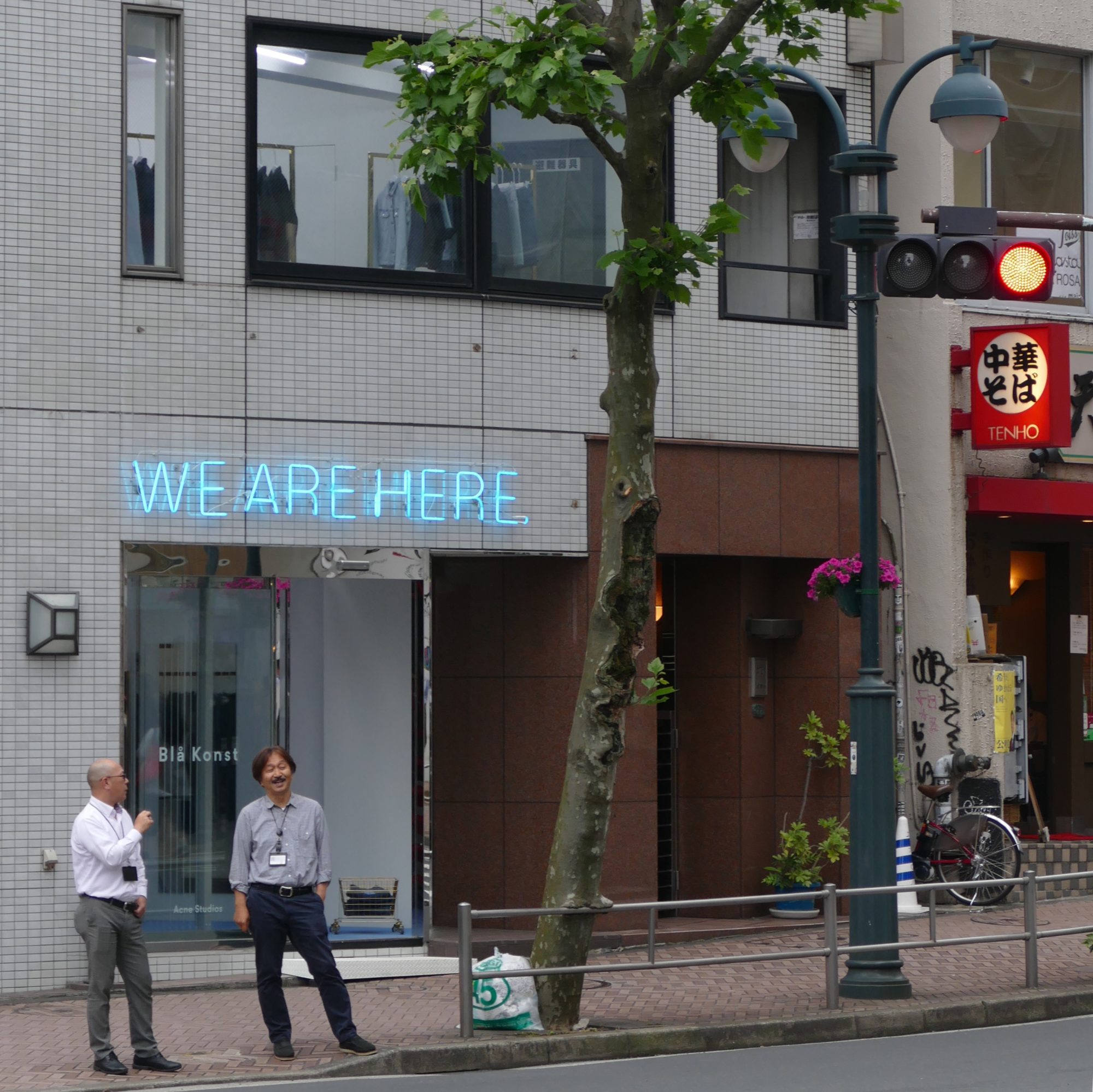
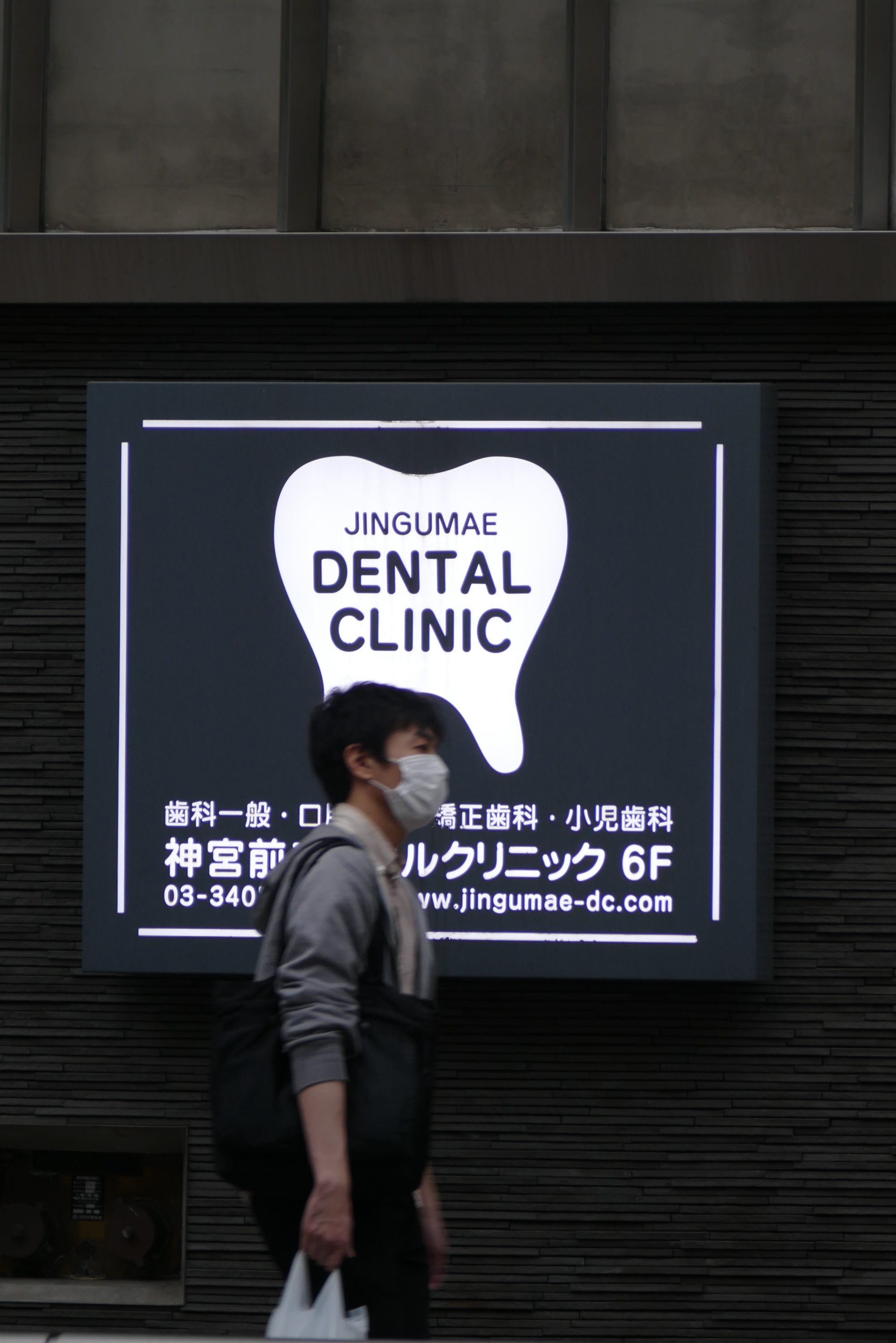
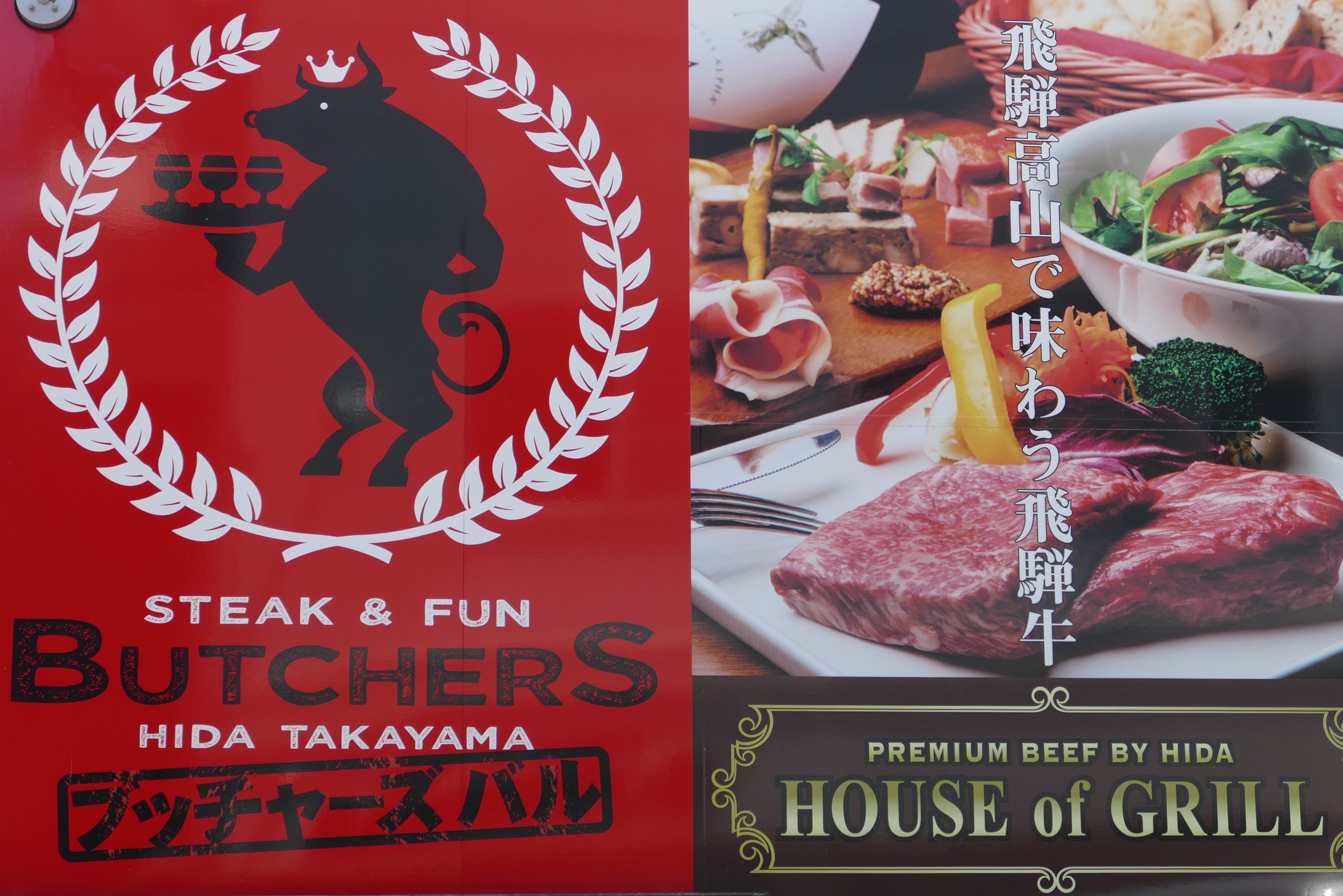
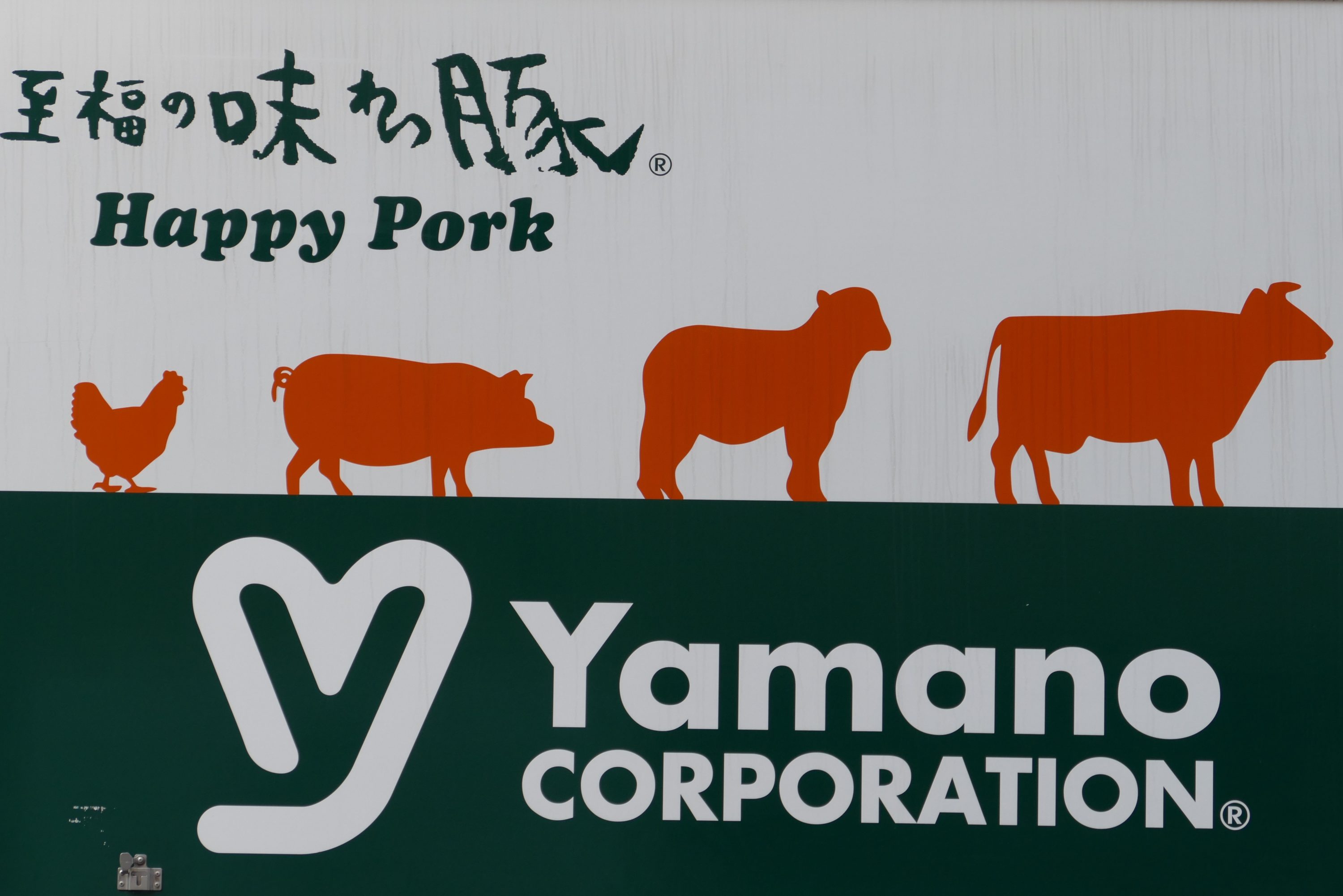
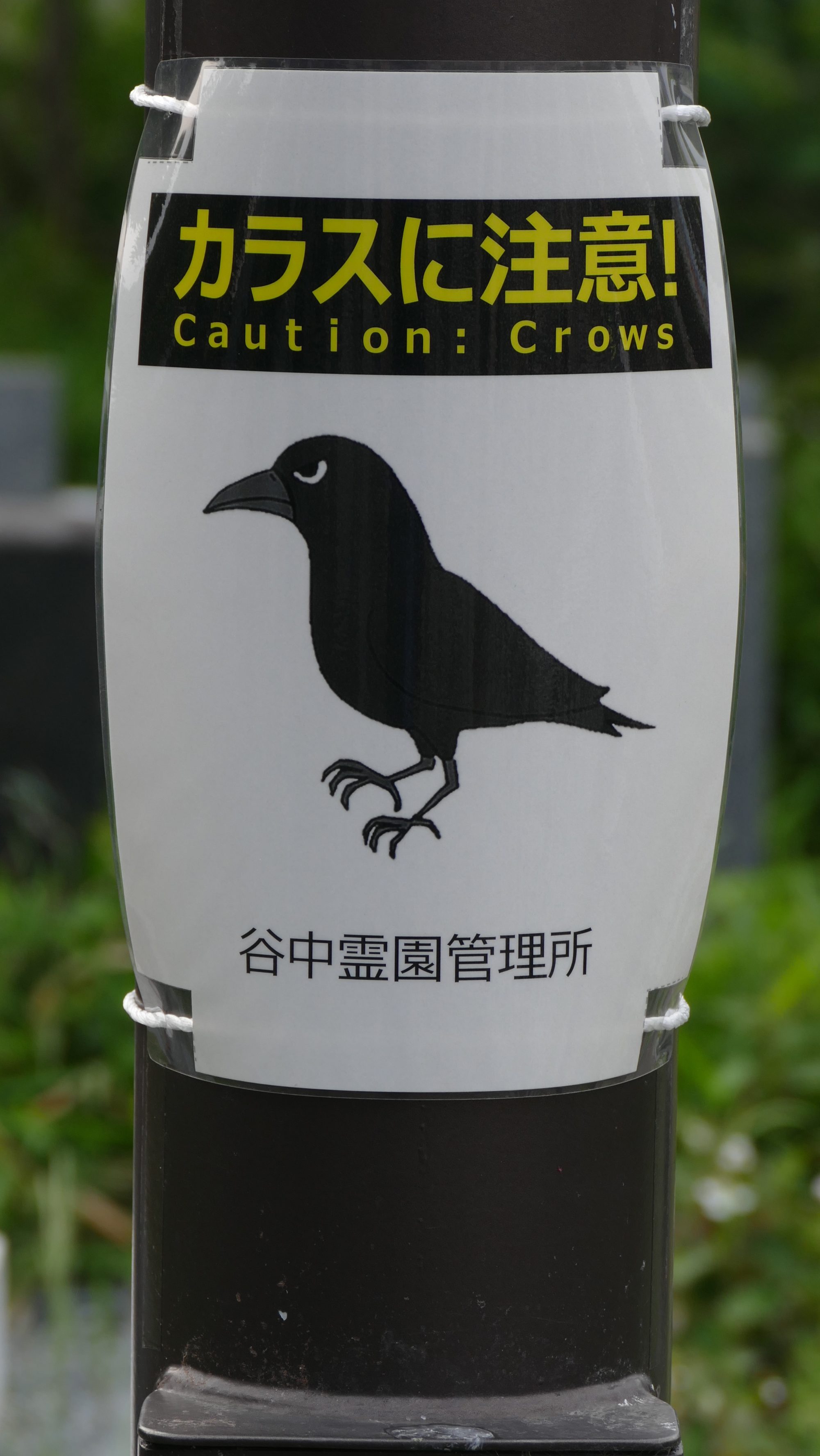
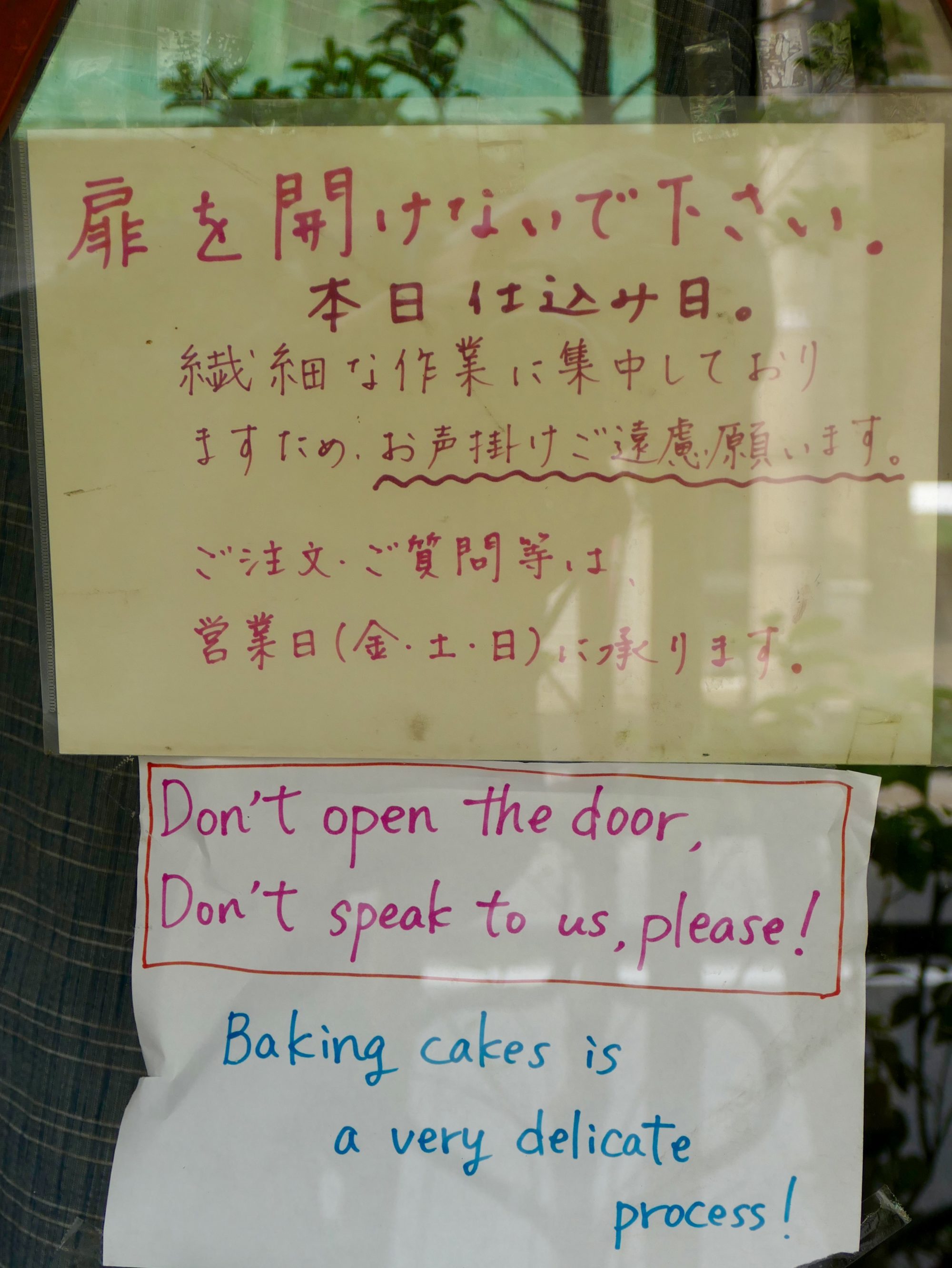
Pelican Yoga’s next Japanese post will take you to a beautiful valley in the Japanese Alps.

You’ve got to love those Japanese toilets.Press and hope was my policy.We made it a rule to use coffee shop toilets as the staff usually speak enough English.South Korea is the same.Love ’em both.